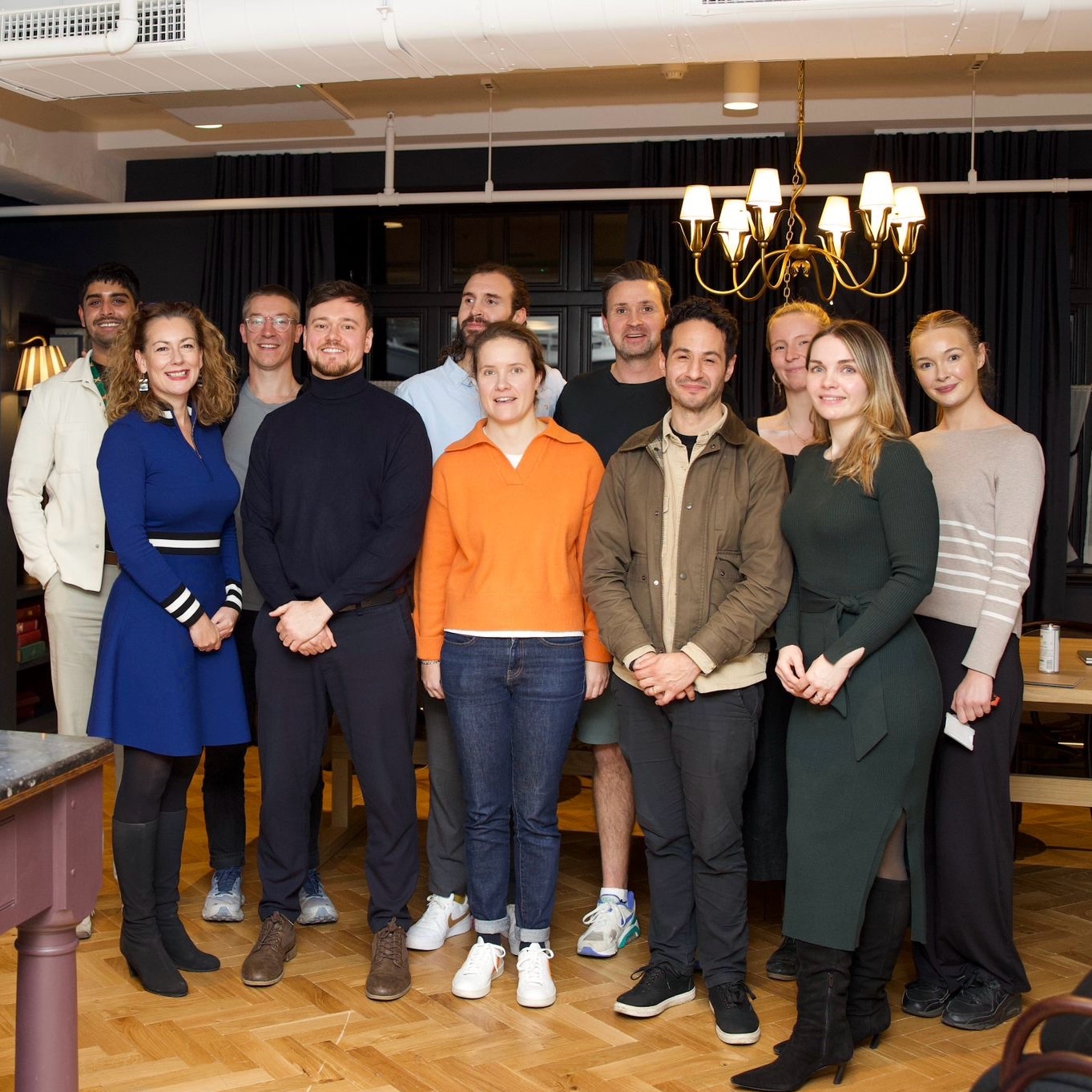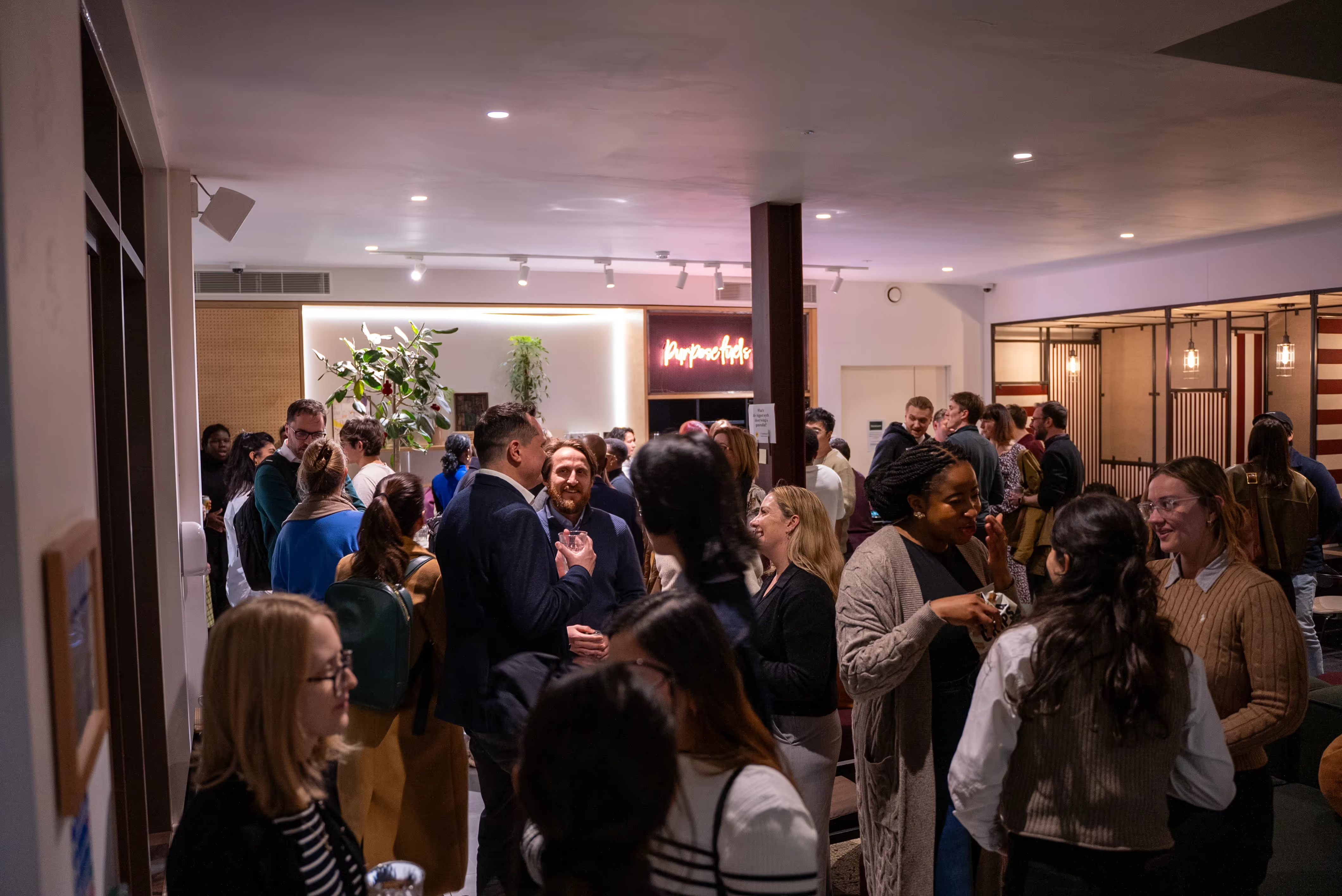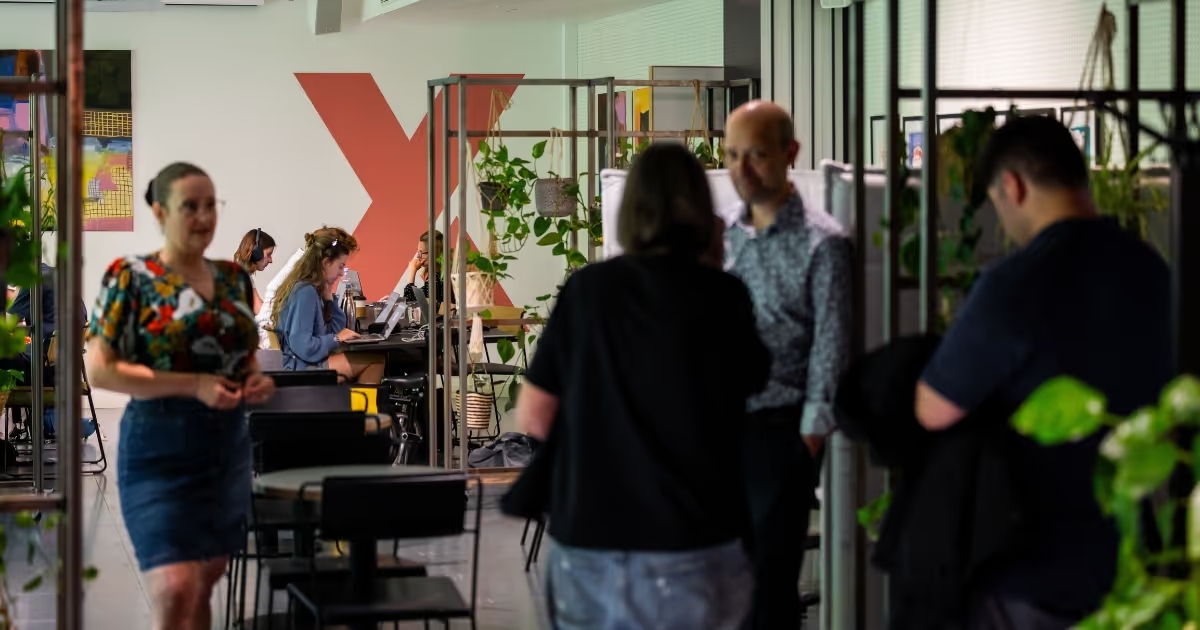Cultural diversity demonstrates that it’s not just what a company does, but who it is - as its the members of an organisation that define a brand’s values and personality. Any business is inherently about its people, the things that drive them and what they want to share with the world. A business without a soul is a commodity, and all commodities are engaged in a race to the bottom, as without a voice that provides value, the only differentiator is price.
Cultural diversity demonstrates that it’s not just what a company does, but who it is - as its the members of an organisation that define a brand’s values and personality. Any business is inherently about its people, the things that drive them and what they want to share with the world. A business without a soul is a commodity, and all commodities are engaged in a race to the bottom, as without a voice that provides value, the only differentiator is price.
{{divider}}
A company’s voice grows out of who they already are, and the community that they embrace. This stems from the reason behind why the organisation was founded, and the practices they continue to employ. Technology is just one factor making our world smaller and today’s businesses are set on a global stage.
{{divider}}
Building cultural diversity within an organisation means having a population where all differences are represented. This includes variety in race, ethnicity, gender, gender identity, age, ability, language, nationality, socioeconomic status, religion and sexual orientation. Culture is what shapes us, it is the reason we have certain beliefs, influences how we behave, and is what gives us our identity.
{{divider}}
Cultural diversity lays the soil for inclusion, as it builds understanding, tolerance and fosters a wider array of perspectives. It’s easy to talk about the theory and definitions of cultural diversity, but when it comes to creating that within an organisation and ensuring that every voice is heard, it very much depends on the practices used during the hiring process and how these values are maintained within the company’s founding culture.
{{divider}}
Ultimately, workplace diversity and inclusion allow businesses to build teams that bring different viewpoints and talents to the mix, increasing innovation and driving higher revenues. Research shows that the 43 most diverse public corporations were 24% more profitable than the S&P 500, other studies show that almost 95% of directors agree that diversity brings unique perspectives.
{{divider}}
A Representative Reputation
{{divider}}
Embracing a variety of styles and voices within an organisation helps to foster a more representative reputation both inside and outside the company. This creates a positive feedback loop whereby more top talent is attracted to work here - another win-win for everyone! Externally, customer service and reputation can be greatly improved through a diverse workforce, with different employees being able to assist customers in a more personal way thanks to shared experiences and understanding.
{{divider}}
When it comes to women in the workforce, women make up a bigger percentage of the workforce than ever before. But there is still a gap in terms of fair pay and the percentage of women in leadership roles. As ethnic and racial identities evolve, standardised forms with ethnic groups also fail to hit the mark. By opening the conversation with employees and candidates on race and ethnicity, this goes a step towards improving cultural diversity.
{{divider}}
Enhanced Employee Engagement
{{divider}}
The best way to learn about other cultures and ethnicities is by talking to someone with that background. Research can only get you so far and has a far less personal touch. By communicating with someone with a different culture or background you not only gain first hand knowledge, you connect with someone directly. Feeling better connected to each-other and a company helps employees feel more at home and included. This helps to build trust and can lead to greater motivation, collaboration and loyalty.
{{divider}}
Innovation and Creativity
{{divider}}
A culturally diverse workplace naturally fosters greater innovation and creativity, without it being forced. A wider array of backgrounds and perspectives means a greater diversity in solutions to problems and approaches to collaborative projects. A more diverse workforce allows you to bring new ways of thinking into the business that can be applied in many different ways.
{{divider}}
By listening to each employee's voice and way of thinking, a company will no longer be pigeon-holed in one direction. For example, with 4,000 languages available to users, Google brings a real-world solution to a global audience. This has been the driving force behind the company’s success. Their motto is inspiring, “never judge a search engine by its interface".
{{divider}}
Talent Retention
{{divider}}
Aside from attracting a broader talent pool in the first place, cultural diversity is the key to building the ideologies of respect between company and employee, and cooperation. In turn, this makes you a more attractive proposition to valuable candidates making you stand out in the marketplace and ensuring that the community you create continues to grow with you.
{{divider}}
Strategies for this can include boosting your cultural competency as an organisation, encouraging and embracing different viewpoints, offering implicit bias training, and promoting the use of mentors. Employees also have their own responsibility when it comes to managing and promoting diversity. For many, there will be opportunities to introduce colleagues to their culture and background and teach them what they should know and understand.
{{divider}}
Community Outreach
{{divider}}
Surveys show that 2/3rds of candidates cite diversity as an important consideration during a job hunt. By developing a strategy for cultural diversity, you can broaden your appeal to prospective employees, and reach out to more high-level candidates across the globe. When it comes to age, both younger and older workers can be discriminated against in terms of preconceptions. Through steps like opening apprenticeships to all ages and providing cross-generation mentoring programmes, these prejudices can be addressed.
{{divider}}
Thriving Over Surviving
{{divider}}
A culturally diverse workplace empowers people to develop their talents and skills. A range of ideas and expertise enables those to learn from a more diverse collection of colleagues.It can also boost problem-solving capabilities and increase happiness and productivity. In an environment where all voices are heard, this spirit of innovation and encouragement to contribute can drive business success. Focusing on mental health along with workplace wellness support can also combat a variety of issues, from absenteeism to behavioural problems.
{{divider}}
When it comes to offering more opportunities to underserved communities such as those with disabilities, this can cover many differences, from the ability to form social relationships to physical disabilities. Part of this can be helped with a neurodiversity programme, as well as fighting against negative perceptions.
{{divider}}
Recognising and providing a supportive environment for those with neurological differences that include dyslexia, autism and Tourette’s helps organisations to celebrate differences and the benefits they can offer in well-matched job types. Different personalities and thought styles can enhance creativity if the individual and the role are well matched. In contrast, it can cause stress if ill-matched.
{{divider}}
Challenging discrimination, addressing inequalities, and promoting greater understanding continues to be one of the key challenges we face as part of a globalised society. As part of the Triple Bottom Line - which champions stakeholder primacy over shareholder supremacy, we are committed to creating and maintaining an inclusive learning and working environment where discrimination is not tolerated, where all members of the community can flourish and reach their full potential; where we engage with and learn from each-other and where we affect positive change within society. We see this as integral to our shared mission and vision to change the way the world works for good.
{{divider}}





.png)
.avif)


.avif)


.avif)
.avif)



